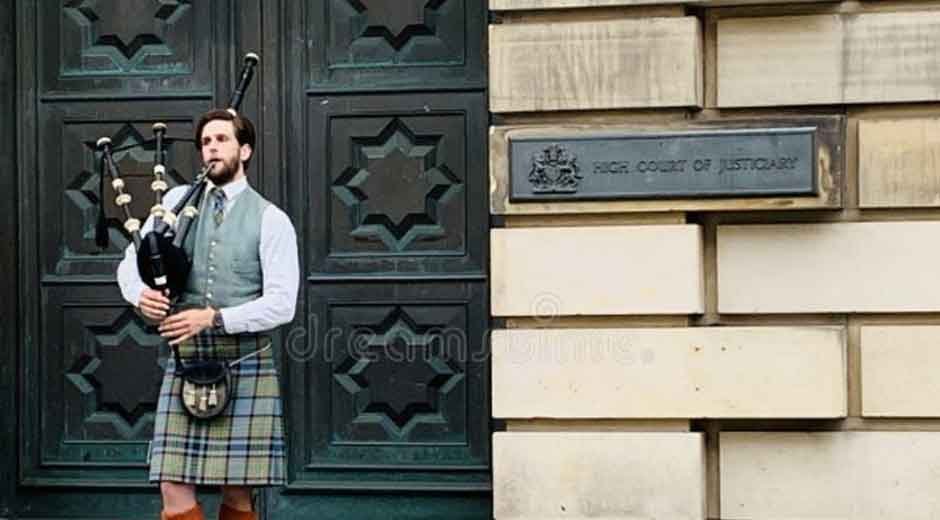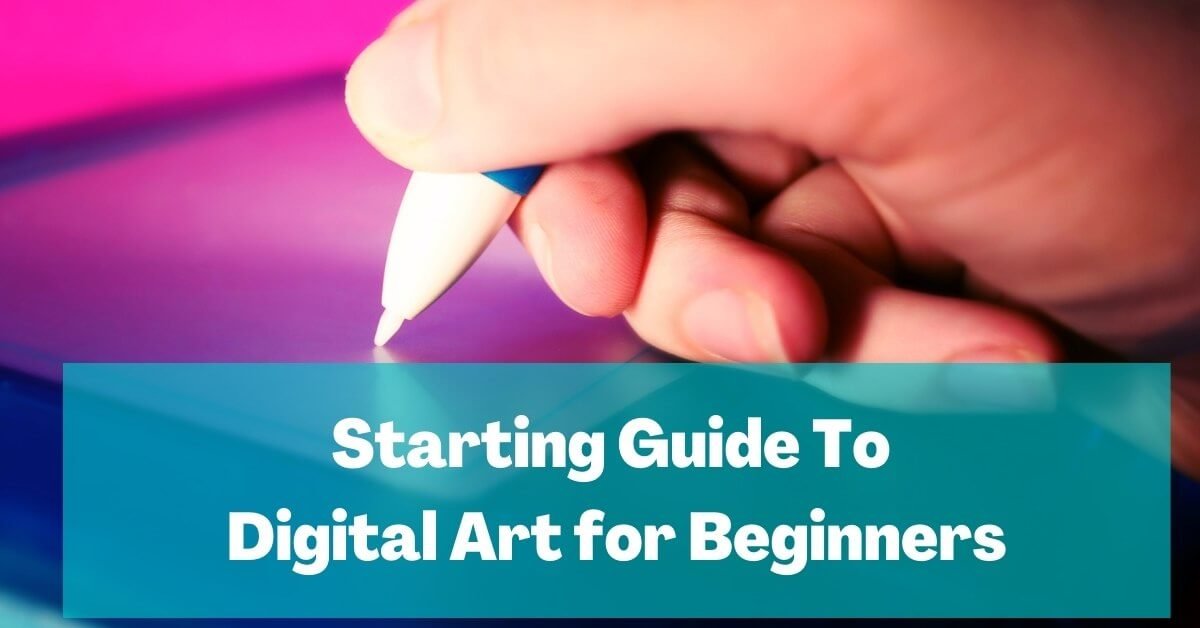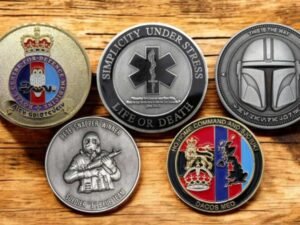From the misty Highlands to the cobblestone streets of Edinburgh, the haunting melodies of Celtic music have always echoed the soul of Scotland. In the heart of this sonic tradition lies a powerful family of breath-powered instruments that continue to shape the country’s cultural identity—woodwind instruments. These wind-carved tools of expression—steeped in centuries of storytelling, ceremony, and emotion—are now capturing the attention of a new generation. As woodwind instruments trend once again across folk festivals, film scores, and even TikTok reels, their resurgence reflects a broader cultural awakening. More than just nostalgic echoes, these instruments are being reinvented by Scottish musicians who blend ancient tones with modern energy. Among this woodwind revival, none commands more reverence or recognition than the iconic bagpipes. But make no mistake—the movement isn’t just a return to the past. It’s a bold reimagining of Celtic sound, one that’s breathing fresh life into Scotland’s place on the global music stage.
Whispers of the Wind – The Enduring Allure of Woodwind Instruments in Celtic Music
Scotland’s musical heritage is built on wind. Long before Spotify playlists or electric guitars, it was the woodwind instruments that carried stories from village to village, glen to glen. These instruments—crafted from bone, wood, and reed—served as the voice of both celebration and mourning, making them essential to Scotland’s communal memory.
The Role of Woodwind in Traditional Celtic Soundscapes
When we talk about woodwind instruments, bagpipes may dominate the image, but they’re not alone. Flutes, whistles, and even oboes play integral roles in shaping Celtic melodies. Among the most iconic are:
- Tin Whistle (or Penny Whistle):Lightweight, portable, and expressive, the tin whistle has long been a beginner’s gateway into Celtic music. It provides that signature high, lilting tone that immediately evokes pastoral Scotland.
- Wooden Flute: Darker in tone than its modern metal cousin, the wooden flute brings warmth and depth. Often used in reels and jigs, its breathy vibrato makes it a favorite among traditional session players.
- Low Whistle:A deeper-pitched cousin of the tin whistle, the low whistle offers a haunting, melancholic sound. In Scottish folk, it’s often used for slow airs and laments, underscoring moments of emotional depth.
- Border Pipes & Smallpipes:While technically bagpipes, these chamber-like instruments operate at a lower volume and are often used indoors, particularly in ensemble work with other woodwinds.
Craftsmanship Meets Legacy
What makes woodwind instruments so beloved in Celtic music is not just their sound—but their intimacy. Unlike string instruments or percussion, woodwinds are breathed into. The musician’s breath becomes part of the song, bridging body and melody.
In Scotland, many of these instruments are still handmade by craftspeople who pass their trade down through generations. From the selection of seasoned wood to the delicate shaping of tone holes, building a traditional flute or whistle is a form of artistry in itself. As mass manufacturing threatens this old-world skill, there is a growing appreciation—and demand—for handmade, artisan woodwind instruments.
The Modern Celtic Wind Revival
In recent years, Scotland has witnessed a resurgence of woodwind use in contemporary music. Modern folk bands like Breabach, Rura, and Talisk blend woodwind sounds with electronic beats, acoustic layering, and world music influences. Meanwhile, solo artists are reimagining the role of the flute and whistle as lead melodic instruments in progressive arrangements.
At global Celtic festivals and in local ceilidhs, the sound of breath through wood and reed is once again drawing crowds, young and old alike. You’ll find workshops teaching woodwind techniques, YouTube channels dedicated to Celtic flute tutorials, and even hybrid digital wind controllers programmed to mimic traditional Scottish tones.
It’s more than just a revival—it’s a renaissance. And at the center of it stands Scotland’s most iconic contribution to the woodwind family: the Great Highland Bagpipe.
The Roar of a Nation – Bagpipes & Their Resounding Role in Scotland’s Musical Reawakening
No instrument is more synonymous with Scotland than the bagpipe. It’s not just an instrument—it’s a symbol. The skirl of pipes across a loch is instantly recognizable and emotionally potent, conjuring images of clan gatherings, royal parades, and battlefield courage. And in 2025, the bagpipe is doing something remarkable: making a comeback.
A Brief History of the Bagpipes in Scotland
While bagpipes originated in ancient Mesopotamia and later migrated through Europe, it was in Scotland that they found their true cultural home. By the Middle Ages, pipers were common fixtures at Highland clan ceremonies and military musters. By the 18th century, the Great Highland Bagpipe had evolved into a national symbol—used in everything from funerals to state events.
Unfortunately, in the post-Culloden era, playing the bagpipes was outlawed as part of Britain’s crackdown on Highland culture. Yet the pipes survived—smuggled, protected, and cherished by those who refused to let their sound die.
Why the Bagpipes Matter in Modern Scotland
Today, bagpipes are leading a cultural revival across Scotland and the Scottish diaspora. They’re not just a throwback to the past—they’re a living art form. Bagpipers are performing at music festivals, recording pop collaborations, and even featuring in viral videos on platforms like TikTok and Instagram.
Events such as the Royal Edinburgh Military Tattoo, Piping Live! Festival and World Pipe Band Championships draw thousands of international visitors, proving that the world is still very much enchanted by the pipes.
The New Age of Piping – Blending Tradition with Tech
Gone are the days when piping was limited to traditional marches. Today’s pipers are breaking genre boundaries. Brands like Red Hot Chilli Pipers blend rock music with bagpipe melodies, creating explosive performances that appeal to mainstream audiences. Meanwhile, electronic bagpipes—digitally controlled pipes that simulate traditional sounds—are expanding the possibilities of where and how the instrument can be played.
In educational spaces, schools and universities now offer formal piping programs. Young musicians are being trained to compete internationally, ensuring that this quintessential Scottish art remains vibrant for generations to come.
Preserving a Legacy While Embracing Innovation
One of the greatest achievements of the modern bagpipe revival is its balance of heritage and innovation. Pipe bands still practice age-old marches like “Scotland the Brave” and “Highland Cathedral,” but they also compose new music inspired by jazz, funk, and even EDM.
This evolution honors the deep emotional history of the pipes while inviting a new generation into the fold. Whether you’re hearing the pipes at a wedding, protest, or punk rock show—what remains constant is their powerful ability to connect us with Scotland’s soul.
Where Tradition Meets Style – Scottish Kilt – Your Gateway to Celtic Identity
As this Celtic musical revival gains momentum, there’s a parallel movement happening in Scottish fashion, and the Scottish Kilt is at the forefront.
Whether you’re stepping into a piping competition, joining a folk band, or simply attending your first Highland games, what you wear speaks volumes. At Scottish Kilt, we offer more than just kilts—we offer a connection to culture.
With over 5,000+ tartan options, our kilts and accessories are tailored for every identity—whether you’re honoring a clan, channeling a Highland warrior, or embracing your Celtic heritage for the first time. We also carry traditional sporrans, Jacobite shirts, piper belts, and even bagpipe sets for enthusiasts ready to dive into the sound of Scotland.
Our brand doesn’t just sell garments—we tell stories through fabric, folds, and design. Each item is a tribute to Scottish legacy, made modern for today’s global Scot.
As music and fashion intertwine more than ever before, Scottish Kilt ensures you look the part while living the tradition. For pipers, musicians, and modern-day bards, our collections are crafted to complement both the sound and spirit of Celtic revival.










